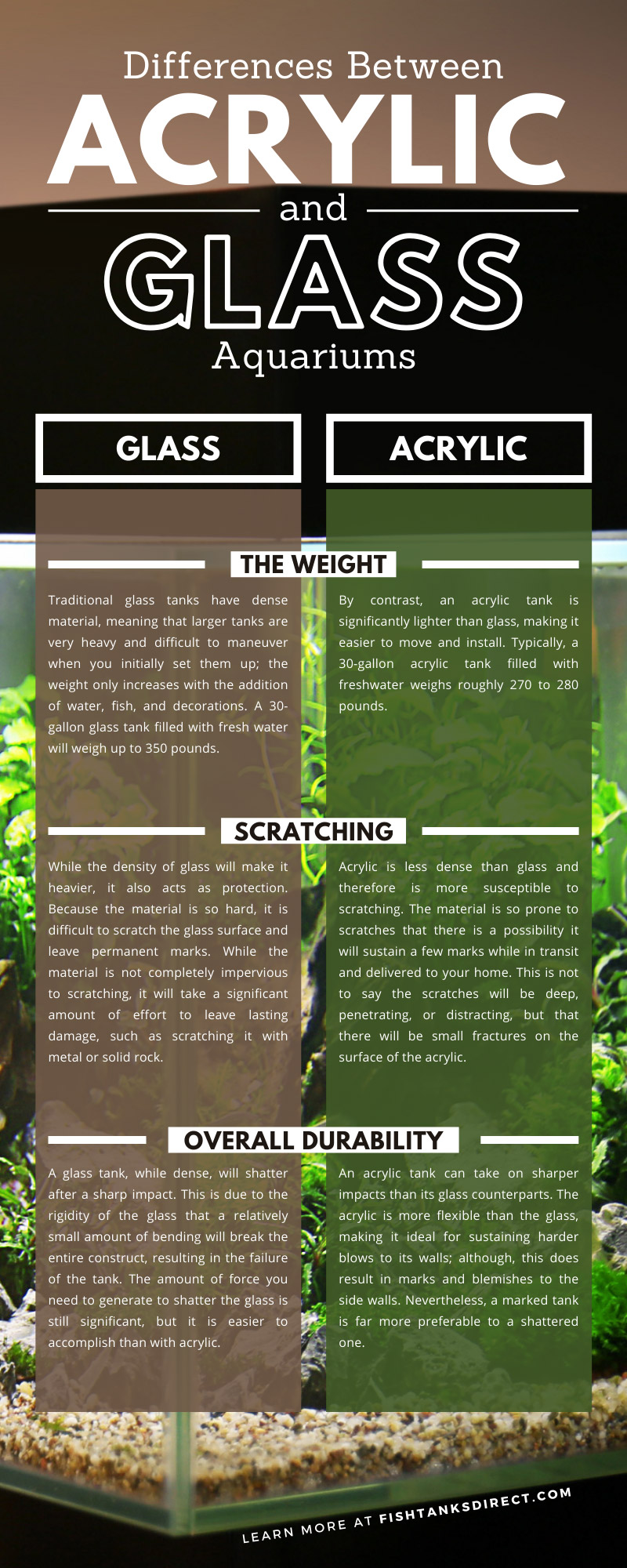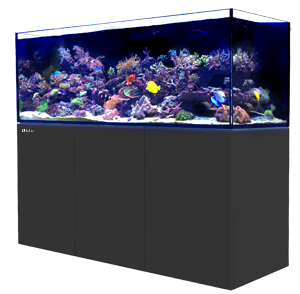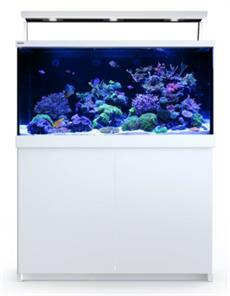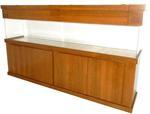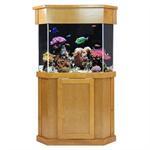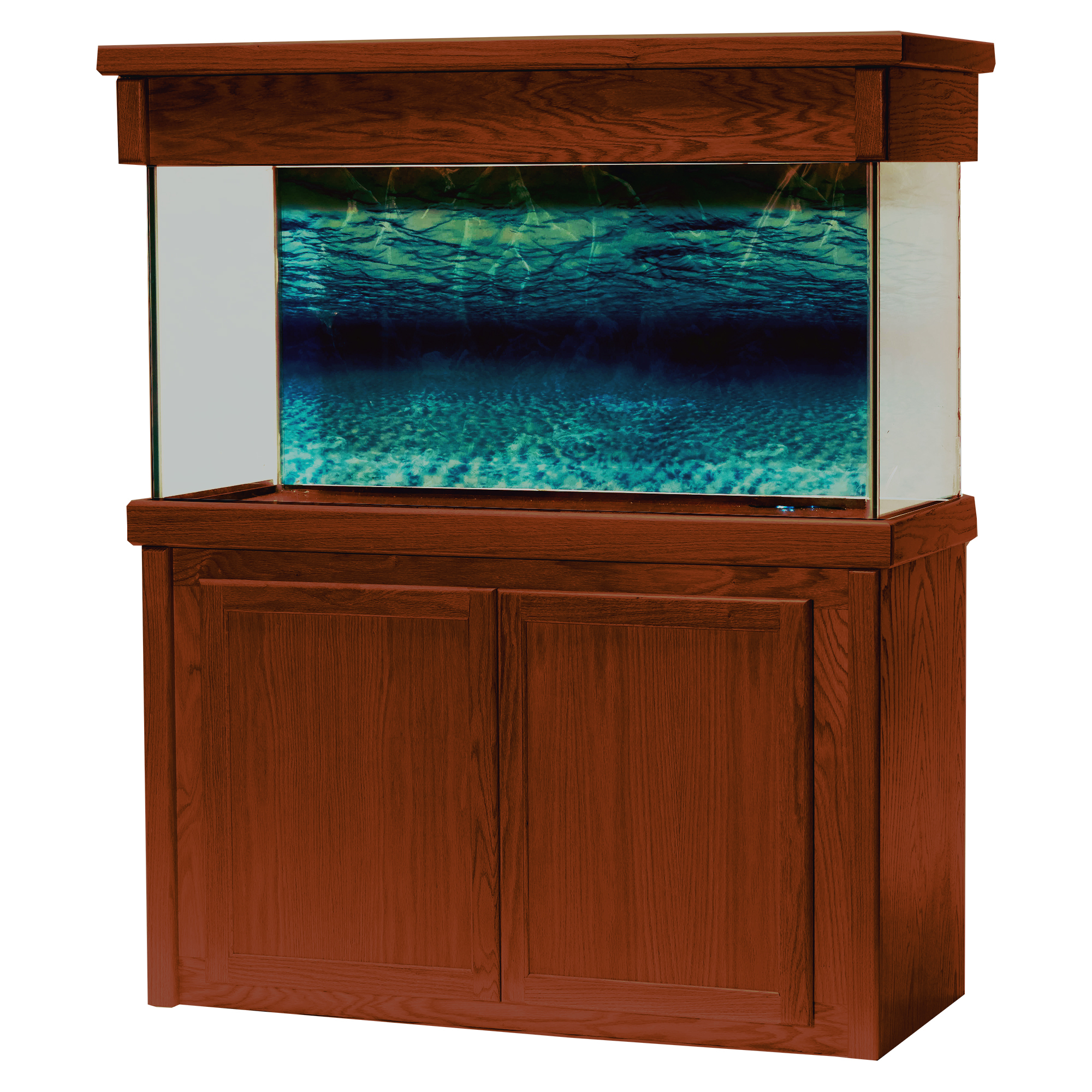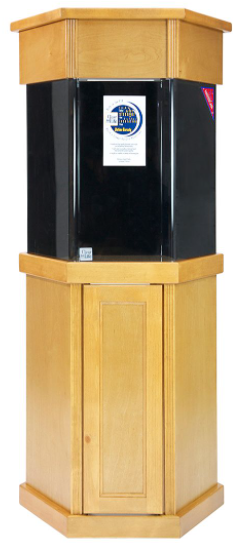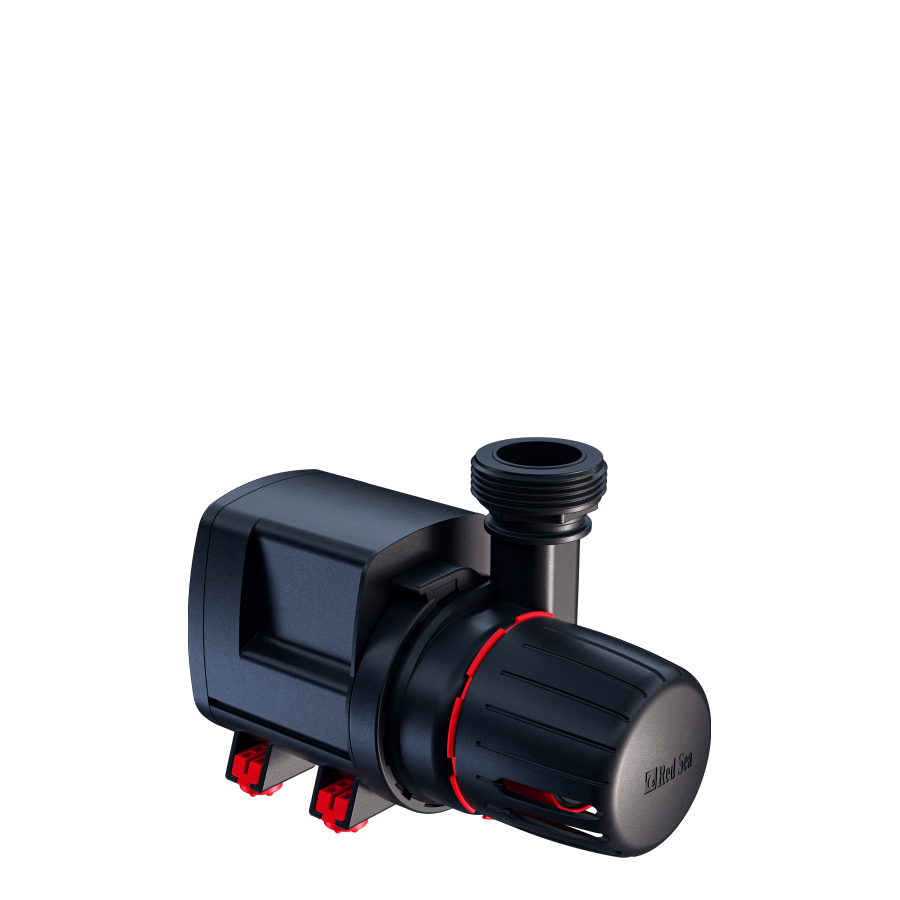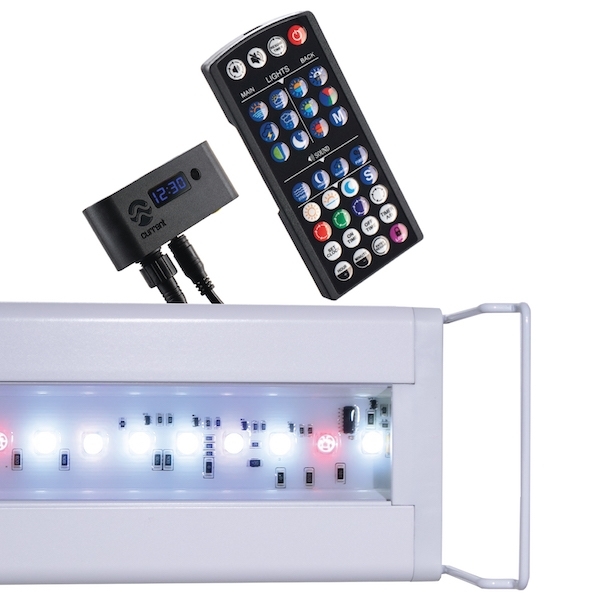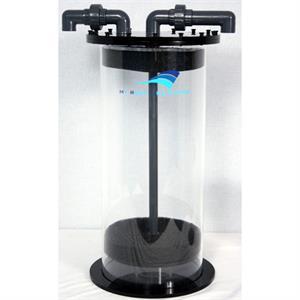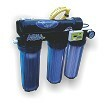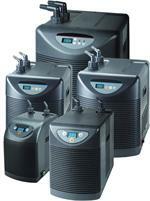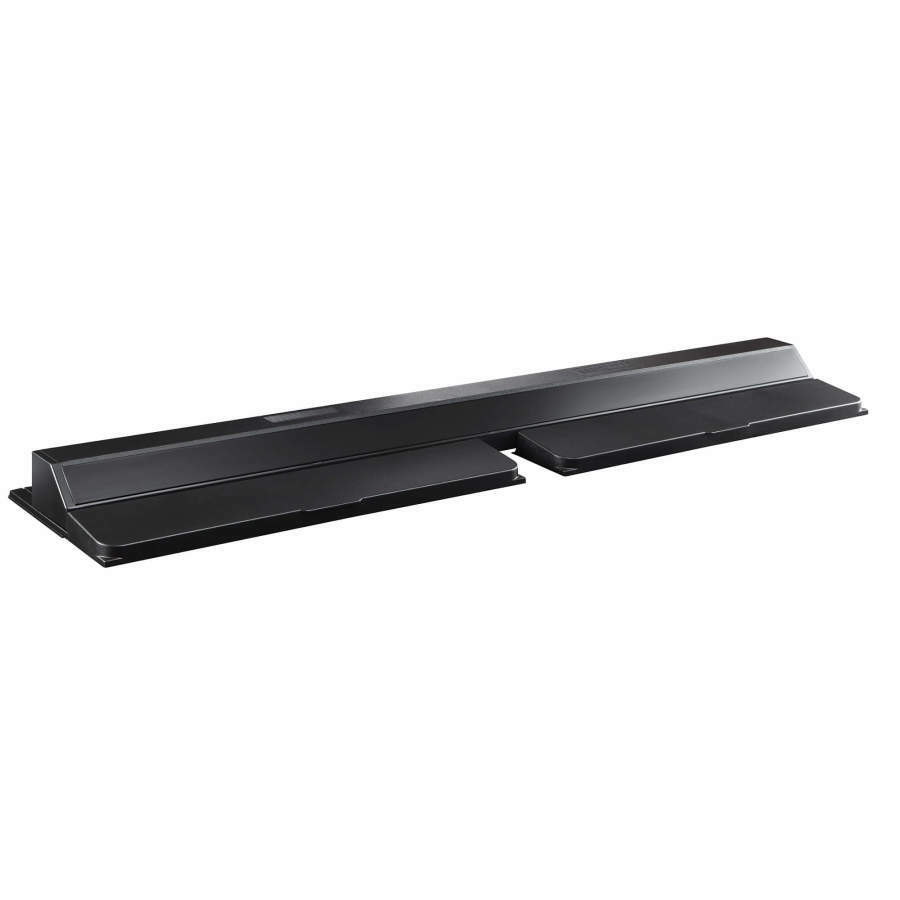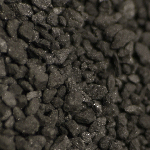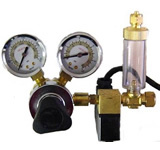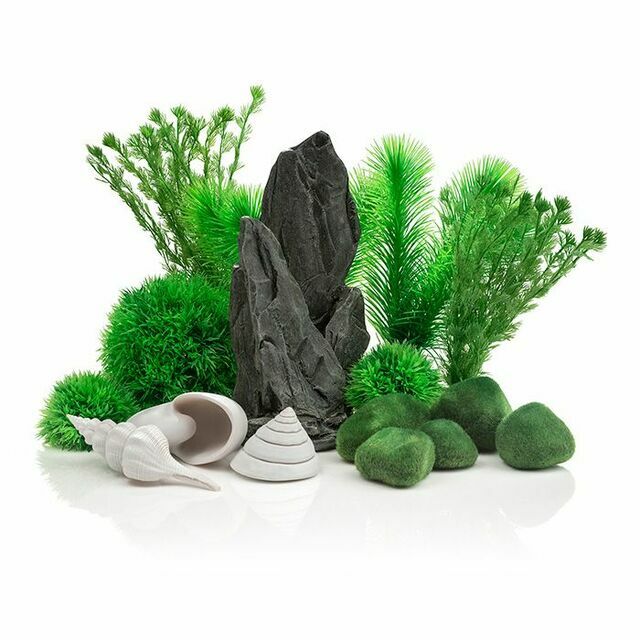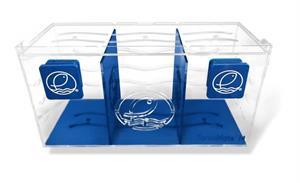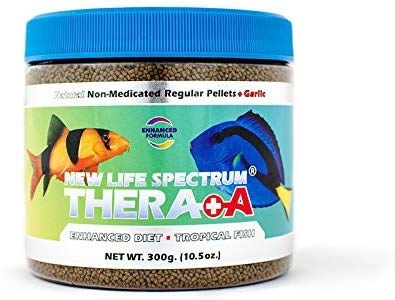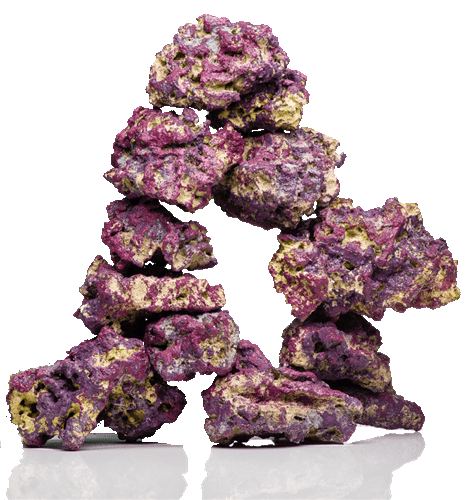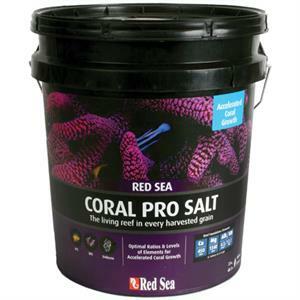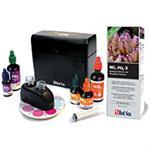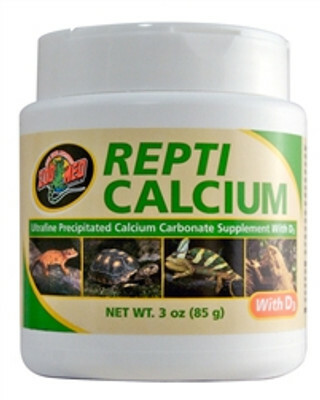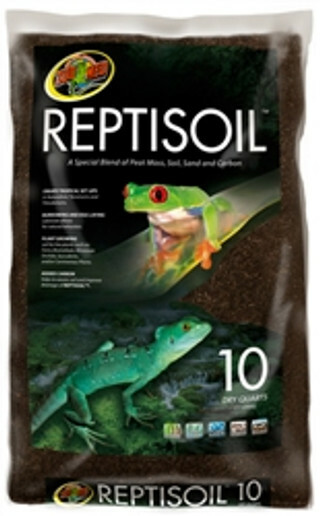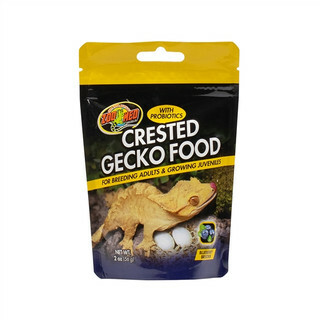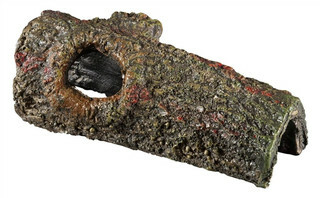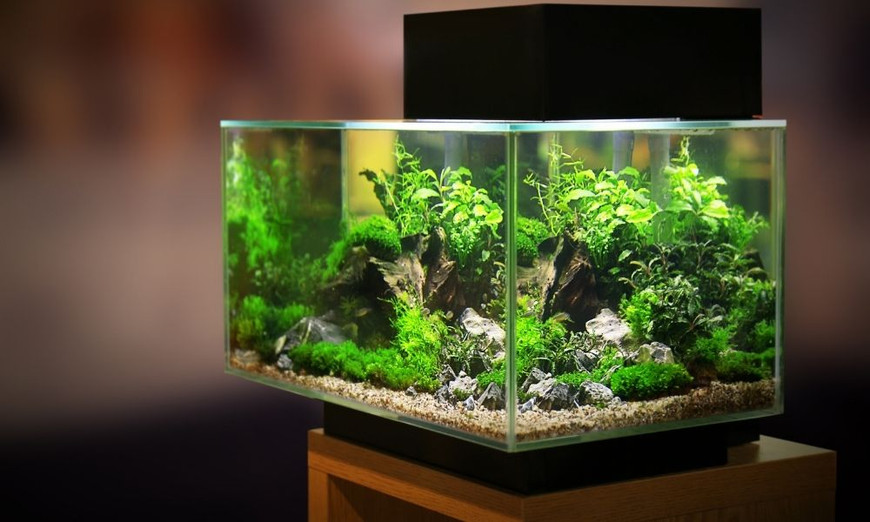Differences Between Acrylic and Glass Aquariums
FishTanksDirect on Aug 19th 2021
When you’re in the market for a fish tank, you need to consider several different aspects of the aquarium, such as size, filter type, decorations, and cleaning supplies. But among these, there is another factor that people often neglect: the differences between acrylic and glass aquariums. The material you choose for the tank determines several things, including the durability of the tank, the weight, and scratch resistance, to name a few.
Be aware of what to expect when purchasing either an acrylic tank or a glass one; it will change how you maintain it and long-term care. Know what makes glass and acrylic fish tanks different and make an informed purchase before committing to one or the other.
The Weight
Each material presents different degrees of density, leading to a significant difference in weight when you want to purchase larger-size tanks. The weight plays a major role in what type of support you put under the aquarium and how easy it is to move and manipulate when you need to get around it.
Glass
Traditional glass tanks have dense material, meaning that larger tanks are very heavy and difficult to maneuver when you initially set them up; the weight only increases with the addition of water, fish, and decorations. A 30-gallon glass tank filled with fresh water will weigh up to 350 pounds.
Acrylic
By contrast, an acrylic tank is significantly lighter than glass, making it easier to move and install. Typically, a 30-gallon acrylic tank filled with freshwater weighs roughly 270 to 280 pounds.
Scratching
Scratches in your fish tank can be a frustrating reality, as repairs and replacements can be inconvenient and expensive.
Glass
While the density of glass will make it heavier, it also acts as protection. Because the material is so hard, it is difficult to scratch the glass surface and leave permanent marks. While the material is not completely impervious to scratching, it will take a significant amount of effort to leave lasting damage, such as scratching it with metal or solid rock.
Acrylic
Acrylic is less dense than glass and therefore is more susceptible to scratching. The material is so prone to scratches that there is a possibility it will sustain a few marks while in transit and delivered to your home. This is not to say the scratches will be deep, penetrating, or distracting, but that there will be small fractures on the surface of the acrylic. It will not seem like much at first, but these marks can build up over the years and decrease the aesthetic of your tank.
Overall Durability
While it may seem as if the durability is the same as scratch resistance, there is actually a significant difference between the tanks in their ability to take a blow. One is easier to shatter than the other, and the strongest may not be readily apparent.
Glass
A glass tank, while dense, will shatter after a sharp impact. This is due to the rigidity of the glass that a relatively small amount of bending will break the entire construct, resulting in the failure of the tank. The amount of force you need to generate to shatter the glass is still significant, but it is easier to accomplish than with acrylic.
Acrylic
As previously mentioned, an acrylic tank can take on sharper impacts than its glass counterparts. The acrylic is more flexible than the glass, making it ideal for sustaining harder blows to its walls; although, this does result in marks and blemishes to the side walls. Nevertheless, a marked tank is far more preferable to a shattered one.
Design Of Shape
The shape of the tank depends on the rigidity of the material; the more rigid it is, the more difficult it will be to shape it into the desired mold.
Glass
Glass, being a dense yet brittle substance, has a difficult time taking on shapes other than straight edges. The material does not allow for curved walls, as glass has a high likelihood of breaking under that kind of pressure. Because of the relative frailty, glass aquariums typically only come in rectangular shapes.
Acrylic
The flexibility of acrylic proves to be one of its most important advantages, as acrylic tanks offer a wide variety of shapes to choose from. Rectangular tanks are not the only option for acrylic, as you can customize your specific tank into an impressive number of forms.
Clarity Of Tank
One of the most important aspects of any fish tank is the ability to clearly see what’s inside. Each material reacts to water and sunlight differently, and over time, these differences are very apparent.
Glass
Glass tanks maintain their clarity, with the only concern being the buildup of algae in the aquarium, but even this is easy to clean and get rid of. The glass will not deteriorate over time to not obscure your view or make it difficult to see the fish inside.
Acrylic
When you expose them to direct sunlight or full-spectrum light for too long, acrylic tanks will eventually yellow the material.
This will produce an unappealing look and may require the replacement of panels on the aquarium. This hazy yellowing of the material compounds with the scratches it may sustain over time, leading to the occasional replacement of tanks over the years.
Expected Price
While the exact reasons vary, glass aquariums are usually less expensive than acrylic tanks. Commonly cited reasons include the cost of shipping acrylic; this is due to how delicately manufacturers and sellers need to send acrylic items to avoid scratching.
Another possibility is that glass tanks are simply more popular than acrylic, leading to the market to sell them at a reduced price to accommodate the buyers. All in all, glass tanks are generally cheaper to purchase than acrylic tanks.
A Tank That Is Best for You
Both glass and acrylic tanks have their advantages and downsides, each one sacrificing something to excel in something else. What you look for in a tank can be different from what others look for, whether you want something that is highly scratch resistant or one that does not weigh so much. Be aware of what you need and the proper fish aquarium supplies to properly maintain what you have without risking damage or total breakage.
